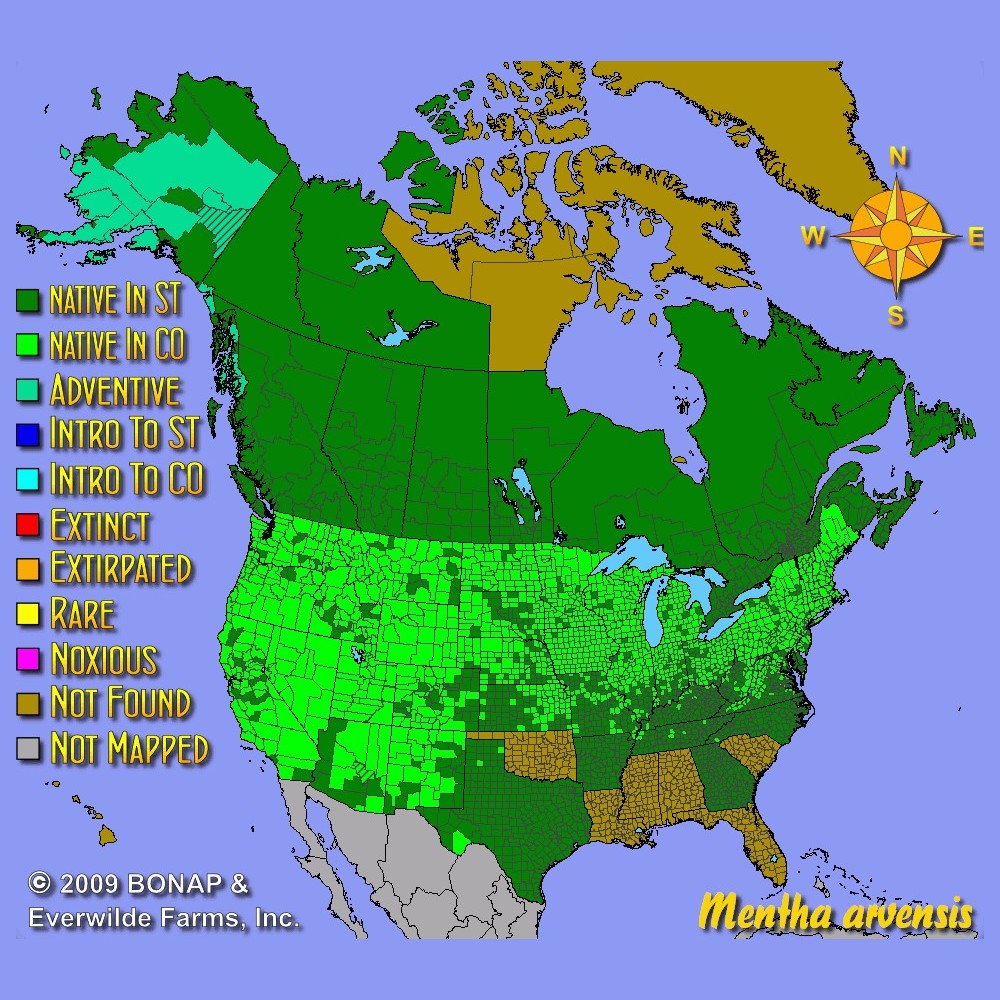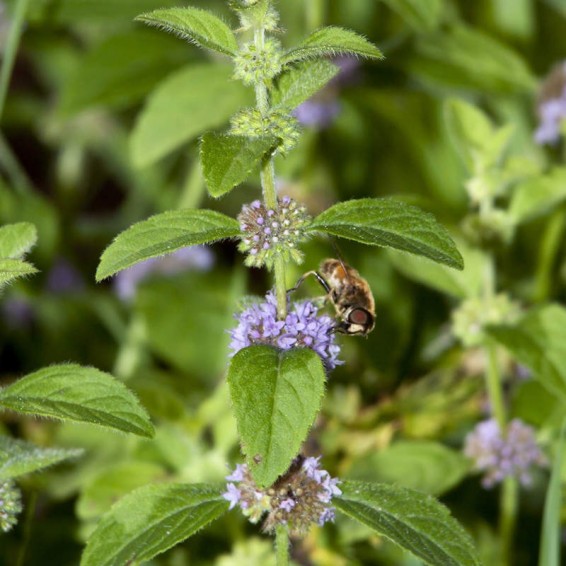Wild Mint Seeds
- HOW TO GROW
- FAST FACTS
- REVIEWS
HOW TO GROW
Sowing: Direct sow in early spring as soon as the ground can be worked. Since this tiny wild mint seed needs light to germinate, plant it near the surface of the soil. Keep the soil consistently moist until germination.
Growing: Keep the developing seedlings moist, and thin or space them out if necessary. Mature plants can be invasive; to prevent spreading, either grow as a container plant or remove any young plants that develop. A layer of mulch can also help prevent new growth. This plant is very attractive to bees and butterflies. Keep in mind that this plant crosses easily with other varieties of mint.
Harvesting: For fresh mint leaves, choose leaves in the morning before the dew has dried. Leaf quality is best before the plant has flowered; to lengthen the harvesting period, remove buds as they begin to develop.
Seed Saving: Harvest the seed heads as soon as they grow dry and brown; spread them out to finish drying out of sunlight, then thresh them to remove the seed. Store the Mentha Arvensis seeds in a cool, dry place.
FAST FACTS
Common Names: Common Mint, Corn Mint, Field Mint, Virginia Bunchflower
Latin Name: Mentha arvensis
Species Origin: US Native Wildflower
Type: Native Wildflowers
Life Cycle: Perennial
USDA Zones: 1, 2, 3, 4, 5, 6, 7, 8, 9, 10, 11
US Regions: California, Mountain, Arid/Desert, Plains/Texas, Midwest, Northern, Northeast, Southeast
Seeds per Ounce: 308,000
Stratification: No Stratification
Germination Ease: No Stratification
Sunlight: Full Sun, Part Sun
Height: 24 Inches
Color: White
Bloom Season: Blooms Late Summer, Blooms Early Fall
Uses: Attracts Pollinators, Attracts Honeybees, Aromatic, Deer Resistant
Mint for ground cover
I love this mint! For me it's easy to grow, it has so many uses and the bees love it. It fleshing up the house and I rather have wild mint then creeping charlie any day.
DESCRIPTION

HOW TO GROW
Sowing: Direct sow in early spring as soon as the ground can be worked. Since this tiny wild mint seed needs light to germinate, plant it near the surface of the soil. Keep the soil consistently moist until germination.
Growing: Keep the developing seedlings moist, and thin or space them out if necessary. Mature plants can be invasive; to prevent spreading, either grow as a container plant or remove any young plants that develop. A layer of mulch can also help prevent new growth. This plant is very attractive to bees and butterflies. Keep in mind that this plant crosses easily with other varieties of mint.
Harvesting: For fresh mint leaves, choose leaves in the morning before the dew has dried. Leaf quality is best before the plant has flowered; to lengthen the harvesting period, remove buds as they begin to develop.
Seed Saving: Harvest the seed heads as soon as they grow dry and brown; spread them out to finish drying out of sunlight, then thresh them to remove the seed. Store the Mentha Arvensis seeds in a cool, dry place.
FAST FACTS
Common Names: Common Mint, Corn Mint, Field Mint, Virginia Bunchflower
Latin Name: Mentha arvensis
Species Origin: US Native Wildflower
Type: Native Wildflowers
Life Cycle: Perennial
USDA Zones: 1, 2, 3, 4, 5, 6, 7, 8, 9, 10, 11
US Regions: California, Mountain, Arid/Desert, Plains/Texas, Midwest, Northern, Northeast, Southeast
Seeds per Ounce: 308,000
Stratification: No Stratification
Germination Ease: No Stratification
Sunlight: Full Sun, Part Sun
Height: 24 Inches
Color: White
Bloom Season: Blooms Late Summer, Blooms Early Fall
Uses: Attracts Pollinators, Attracts Honeybees, Aromatic, Deer Resistant
Reviews
Review
Mint for ground cover
I love this mint! For me it's easy to grow, it has so many uses and the bees love it. It fleshing up the house and I rather have wild mint then creeping charlie any day.




